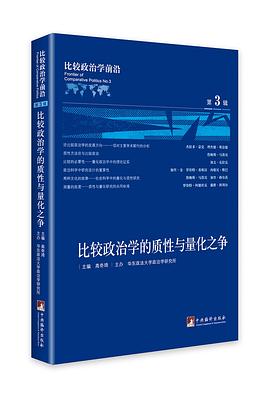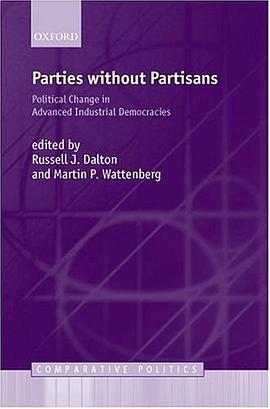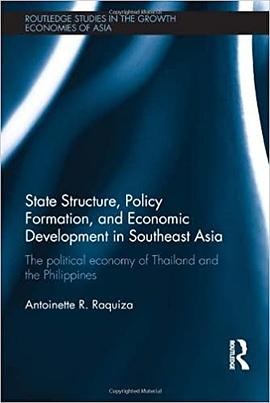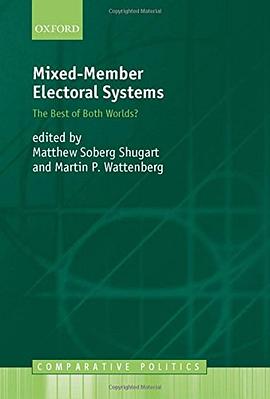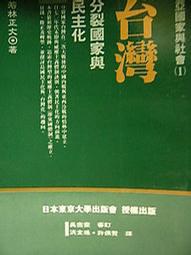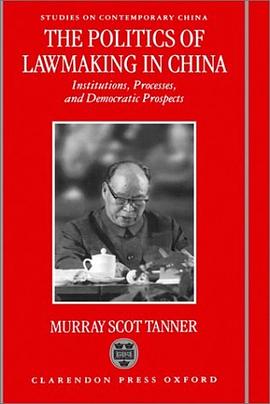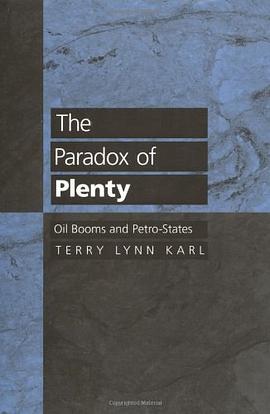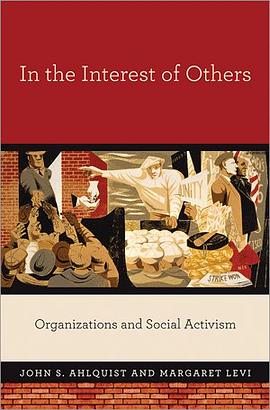
Despite the fact that Latin American countries have transitioned to democracy, many citizens residing in peripheral regions continue to live under undemocratic rule. Democrats and Autocrats studies the existence of subnational undemocratic regimes (SURs) alongside national democratic regimes. Specifically it answers the following questions: Why do SURs continue to exist despite national democratization? Why do some subnational autocrats and SURs prevail despite presidents' strategies to weaken SURs? Why do democratic presidents support some autocrats and SURs, even when they are from the opposition? Under what conditions do democratically elected presidents endorse or combat (opposition and/or copartisan) autocrats and SURs?
Contrary to conventional wisdom, the book argues that there are multiple pathways for SURs reproduction within democratic countries. These pathways, in turn, are determined by a specific combination of intergovernmental interactions, all of which are shaped by institutional and economic national and subnational variables.
The explanation of SUR continuity advanced in this book is tested in contemporary Argentina and Mexico using a multi-method approach. Both quantitative and qualitative methods, as well as cross-national and within-country comparisons are employed to test pathways of SUR continuity in two of Latin America's largest countries.
具體描述
讀後感
評分
評分
評分
評分
用戶評價
相關圖書
本站所有內容均為互聯網搜索引擎提供的公開搜索信息,本站不存儲任何數據與內容,任何內容與數據均與本站無關,如有需要請聯繫相關搜索引擎包括但不限於百度,google,bing,sogou 等
© 2025 qciss.net All Rights Reserved. 小哈圖書下載中心 版权所有



